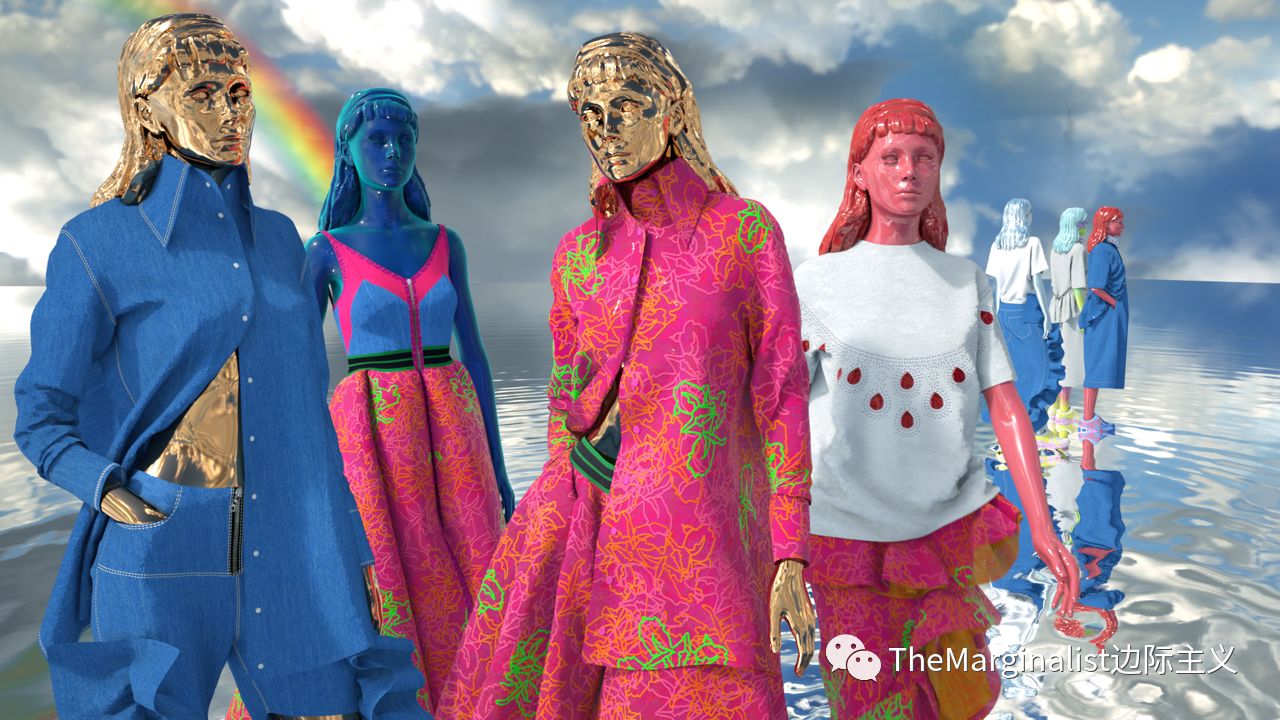Title: The Art of Wearing a Suit: A Symbolic and subliminal Meaning in the Modern World
"The Art of Wearing a Suit: A Symbolic and subliminal Meaning in the Modern World" is a thought-provoking exploration into the multifaceted symbolism and subconscious impact of suit wearing in contemporary society. The article delves into the historical evolution of suits, from their humble beginnings as workwear to their current status as a symbol of power, success, and prestige. It examines how the way we choose to wear our suits - from the cut, color, and fabric to the accessories we select - can communicate subtle yet significant messages about our personality, social status, and even cultural identity. Furthermore, it discusses how the act of wearing a suit can have a profound effect on our mindset and confidence, influencing our perceptions of ourselves and others in both personal and professional settings. Through a combination of insightful analysis, engaging storytelling, and striking visual imagery, this article offers a fresh perspective on an enduring wardrobe staple and its lasting impact on our lives.
In the world of fashion and style, one element that has stood the test of time is the suit. Originally introduced as a formal attire for men in the 19th century, the suit has since evolved into a versatile and popular choice for various occasions, from business meetings to weddings. But beyond its functional purpose, the suit also carries a symbolic and subliminal meaning that reflects societal norms and expectations. This article aims to explore the different aspects of the suit that contribute to its enduring popularity and significance in modern society.
At first glance, a suit may seem like a mere piece of clothing, designed to protect us from the elements while we work or play. However, it is much more than that. The suit embodies a sense of professionalism, competence, and authority that is highly valued in most cultures. When we wear a suit, we are projecting an image of ourselves that conforms to certain standards of behavior and appearance. We are saying that we take ourselves seriously, that we are capable of handling responsibilities, and that we respect others by presenting ourselves in a polished and respectable manner. This message is especially important in the workplace, where our attire plays a crucial role in how others perceive us and our capabilities. In this context, the suit becomes a tool for building our personal and professional identities and establishing ourselves as leaders or contributors to our teams.

Another aspect of the suit that contributes to its symbolic value is its association with power and status. Throughout history, suits have been worn by influential figures such as presidents, CEOs, and celebrities, who use them to convey their wealth, influence, and glamour. The suit's sleek lines, rich fabrics, and sophisticated details all speak to its ability to exude elegance and sophistication, qualities that are highly prized in society today. By wearing a suit, we are signaling to others that we belong to an elite class of people who are respected and admired for their accomplishments. This connection to power and status is not only desirable but also essential for achieving success in many areas of life.
However, the suit's symbolic value extends far beyond its associations with power and status. It can also serve as a form of self-expression, allowing individuals to showcase their unique personalities and styles through their clothing choices. For instance, some people may choose to wear bold colors or patterns that reflect their creative or unconventional personalities. Others may opt for vintage or retro styles that pay homage to past eras or cultural movements. Whatever the case may be, the suit serves as a platform for individuals to express themselves in ways that transcend traditional societal norms and expectations.
Moreover, the suit's symbolic power is not limited to individual expression but also collective identity formation. In many societies, the suit is associated with specific professions or industries, such as lawyers, bankers, or doctors. When we see someone wearing a suit in these contexts, we immediately associate them with these professions, forming mental images of expertise, competence, and authority. This association can then reinforce existing social hierarchies or create new ones based on profession-based meritocracy. Thus, the suit can both reinforce existing power structures and challenge them by promoting alternative forms of leadership and identity formation.

Despite its many symbolic meanings and associations, however, the suit remains fundamentally a practical garment. Its materials (like wool or silk) allow it to protect us from the weather; its cut (like a slim fit or a full silhouette) allows us to move freely and comfortably; its buttons (like satin or gold) allow us to accessorize easily. The suit's practicality lies in its ability to serve both functionally and symbolically without sacrificing either aspect. This duality makes it a truly versatile and timeless piece of clothing that can adapt to any occasion or context.
In conclusion, the suit is more than just a piece of clothing; it is a symbol of power, status, individuality, and collective identity formation. From its origins as a formal attire for men in the late 19th century to its current position as a staple of modern fashion and style, the suit has undergone numerous transformations while retaining its fundamental qualities of functionality and symbolism. As we wear suits across different cultures and contexts, we continue to engage with complex layers of meaning and subliminal messages that reflect our aspirations, fears, values, and beliefs. Ultimately, the suit stands as a testament to human creativity and ingenuity – an invention that has stood the test of time not only because it looks good but also because it speaks to who we are as individuals and as members of society.
Articles related to the knowledge points of this article:
Title: The Timeless Elegance of the Silk Scarf Clip
Title: Embracing the Elegance and Beauty of Meis Pure Silver Scarves



